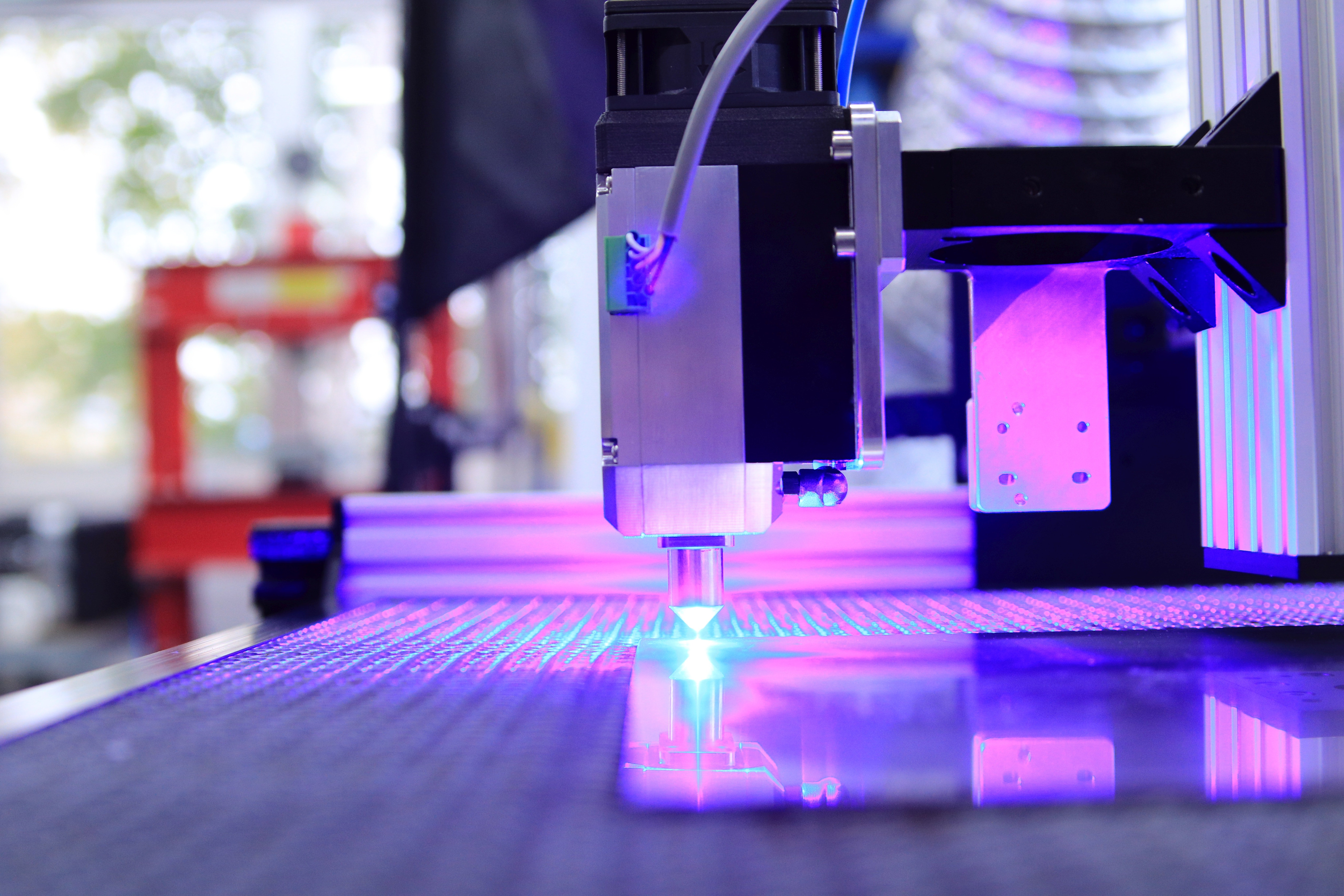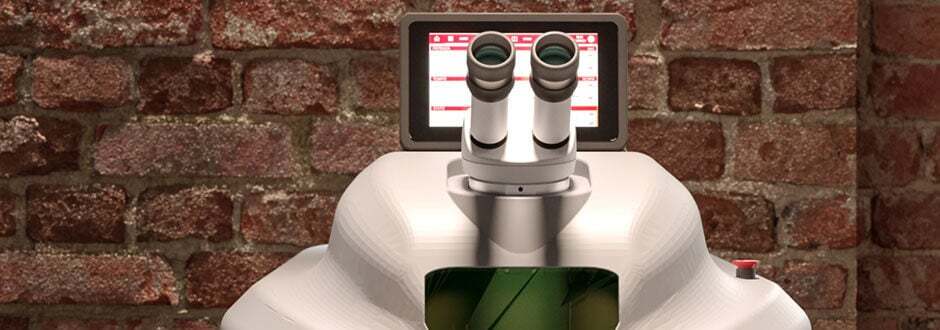The first examples of laser application in industry date back to the mid-1960s, and since then, this technology has undergone constant development, leading to a significant improvement in performance and a multiplication of laser types available on the market.
The use of lasers allows companies to easily and quickly carry out extremely accurate welding and marking operations, and the enormous potential of this technology has led to the development of increasingly powerful, precise, and suitable tools for treating various types of materials. While the first lasers were primarily used for cutting and welding metal components used in the mechanical industry (traditionally in the aerospace and automobile sectors), today, laser applications have multiplied, ranging from the world of jewelry-making to the medical and biomedical sectors.
This has been made possible thanks to the development of increasingly high-performance laser types capable of meeting the needs of different industrial sectors and treating not only metal but also other materials, including plastics.
How lasers work
The term "laser" is an acronym for "Light Amplification by Stimulated Emission of Radiation". Lasers are, therefore, capable of receiving energy from the outside and emitting it in the form of a coherent beam of light, which can have an extremely small diameter and whose power can be easily regulated and controlled. They use an active laser medium located inside the machinery, which receives energy from an external source; this energy is then emitted by the laser medium in the form of radiation, amplified by the presence of a mirror system called a "resonator."
Tools that use different active laser media are available on the market, with the most common being CO2 lasers, which use a gas mixture as a medium, solid-state lasers (the most common of which are called Nd:YAG lasers), which use crystalline lattices, and fiber lasers, which have glass fibers inside.
CO2 lasers
CO2 lasers were the first to be applied in industry and use a gas mixture composed of carbon dioxide, helium, nitrogen, xenon, and hydrogen as an active laser medium, which is electrically excited. In the past, this type of laser was used for welding and marking metals, but today, laser types that exploit different active media, which have proven to be much more performant and require less energy investment, are preferred for these applications. However, CO2 lasers are widely used for the treatment of many plastic materials (such as plexiglass or acrylic) and organic materials (such as leather, wood, or fabric).
Solid-state lasers
As the name suggests, this type of laser uses solid crystal lattices as an active medium instead of gas mixtures. The crystal lattice of the laser's active medium is doped with particular rare earth elements. For example, Nd:YAG (the most widespread type of solid-state laser) uses neodymium-doped yttrium-aluminum garnet crystals. The crystal is excited by lamps or, more often, diodes and emits laser radiation with a wavelength of 1.064 μm, suitable for treating metals (even reflective ones) and some types of plastics. Elettrolaser welders use Nd:YAG sources, which guarantee excellent performance with limited consumable material investment and allow for simple and efficient welding of any type of metal.
Fiber lasers
Fiber lasers are a subcategory of solid-state lasers, as they use a solid active medium that is doped with glass fibers. Lasers of this type can be adjusted to obtain particularly small firing diameters and, consequently, an amplified beam power. For this reason, fiber lasers are particularly suitable for all applications that require high powers, as well as great precision, such as in the engraving of reflective metals, and that is why Elettrolaser has chosen this type of source for all its FiberLUX markers.
UV lasers
Further types of lasers are emerging on the market to meet increasingly specific needs, such as UV lasers, which generate laser beams formed by high-energy photons in the ultraviolet spectrum.
The wavelengths of UV laser beams are much shorter than those of other types of lasers, making them particularly suitable for treating any type of material, even the most fragile and delicate, operating on extremely small areas with reduced action spots. The UV laser beam, moreover, once directed onto the object to be marked, modifies the material's structure by acting at the molecular level, without producing heating of the surrounding areas, another characteristic that makes these lasers particularly suitable for use in contexts where maximum precision is required.

To learn more about the characteristics, performance, and advantages of Elettrolaser lasers, contact us!



